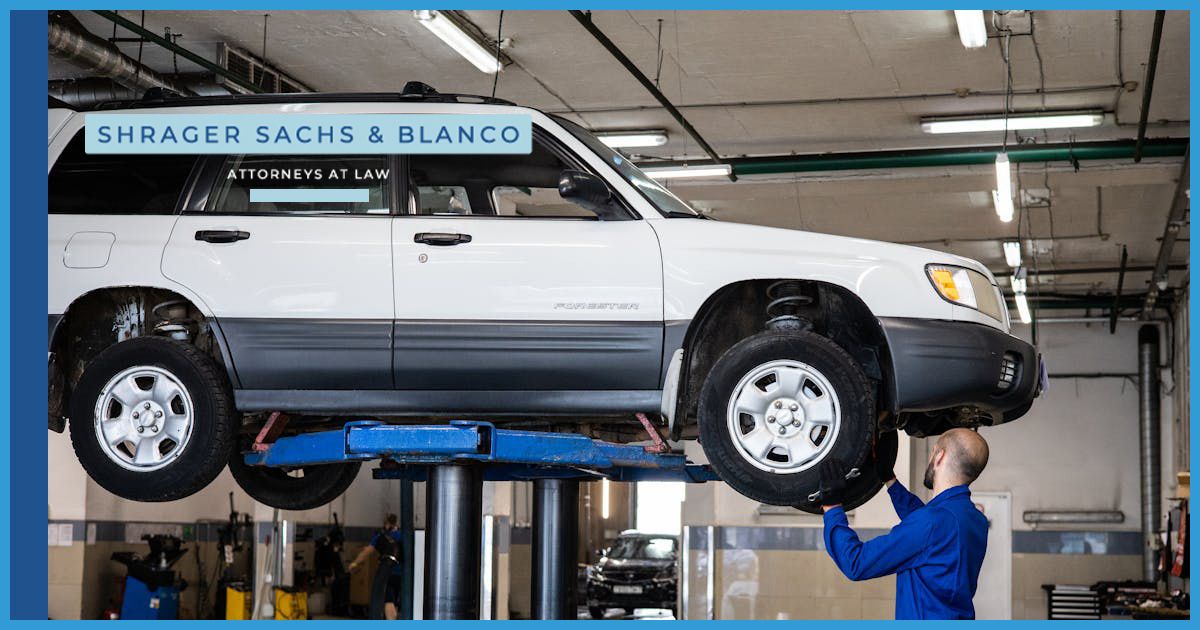The car is one of the many “machines” that we take for granted in our lives. Whenever we get in, we expect the car to start up when we turn on the ignition. We only think about how a car works when it breaks down, and we have to figure out what needs to be fixed.
Back in the 1930s, car makers installed an “idiot light.” That was the actual name for a dashboard light that would flash on when there was a car engine problem. Unfortunately, that light wouldn’t tell you specifically what was going on, and it usually flashed on just as the engine stopped working, so you didn’t really need a light to tell you that you weren’t going anywhere.
Flash ahead to the 1980s, and car makers started integrating computer systems into their engines.
That allowed dashboard lights to be more specific and provide more advanced warnings. Today, a car can have upwards of 64 warning lights and symbols on its dashboard that tell the car owner about problems with everything from the battery to the tire pressure.
As every responsible car owner knows, preventive maintenance is the best approach for keeping your car in good condition so that you won’t have a problem when you need to crank over the engine.
Pennsylvania lawmakers took that concept further by introducing a mandatory program for vehicle safety inspections. This is designed to make vehicles safer and reduce the risk of damaging car accidents.
Pennsylvania Mandatory Inspections
The PA Safety Inspection Program is a mandatory program that car owners must follow once a year to ensure their ride is safe and does not produce harmful emissions. The inspections are tied to your car registration renewal process.
The inspections aren’t just for cars but also motorcycles, RVs, trucks, and buses.
To register for the inspection, you need to go to a certified inspection station. These can be found at auto dealerships, mechanics, or independent inspection stations. Look for signs that state they are an official PA inspection station.
Safety Inspection Checklist
The average car has around 30,000 parts. Fortunately, you don’t need to have every one of those parts inspected. The following are the systems you have to get inspected:
- Electrical systems
- Exhaust systems
- Windshield wipers
- Mirrors
- Fuel systems
- Braking systems
- Chassis and body
- Odometer
- Wiper fluid and defroster
- Steering and suspension
- Tires
- Horn
Emissions Systems
Philadelphia is one of the many Pennsylvania counties requiring emissions testing and safety inspections. The following are the systems on your car that need to be inspected for your emissions certification:
- Air induction
- Ignition fuel metering
- Evaporation
- Air injection
- Early fuel-positive crankcase ventilation
- Evaporative emission control
- Exhaust gas conversion
- Exhaust gas recirculation
If you’re driving a car made before 1995, you are exempt from the emissions testing.
Car Dealership Requirements
Car dealerships also have newly enacted inspection requirements. A new law requires dealers to put any car that comes into their inventory through the inspection process within 30 days. That includes pre-owned vehicles that are being sold “as is.”
These measures protect prospective car buyers from purchasing a so-called lemon.
Factors in an Accident
A car owner who doesn’t comply with inspections could endanger themselves and other cars. For instance, a driver who ignores warnings about failing tire treads could get into an accident when the tire blows out. That is the exact type of situation that the attorneys at Shrager, Sachs, & Blanco can investigate as part of pursuing a personal injury claim related to a car accident.
Getting your car inspected helps make the roads that much safer for every driver.









